Diastasis Recti: What It Is and How Physiotherapy Can Help
Many of my pregnant and postpartum clients have questions and concerns about diastasis recti. Let’s break down what it is, how we assess it, and what you can expect in terms of healing.
What is Diastasis Recti?
Diastasis recti abdominis (DRA) is the separation of the two halves of the rectus abdominis muscle along the linea alba—a connective tissue band down the middle of your abdomen. This separation happens when the tissue stretches and thins, often due to increased intra-abdominal pressure.
While common during and after pregnancy, DRA can also occur in men and in people who have never been pregnant.
How Do We Assess It?
In the clinic, we measure the inter-recti distance (IRD)—the gap between the two sides of the rectus abdominis.
This is usually done with a finger-width method at several points along the linea alba (above, at, and below the belly button).
We check the gap both at rest and under load (such as during a small abdominal crunch).
In research settings, ultrasound or MRI can also measure IRD, but these are not part of routine clinical practice.
What is Considered Normal Postpartum?
“Normal” varies depending on how far postpartum you are, but research suggests these approximate resting supine IRD values:
Above the umbilicus: up to ~26 mm
At the umbilicus: up to ~22 mm
Below the umbilicus: up to ~16 mm
It’s important to note:
An IRD outside these ranges is not automatically “abnormal.”
Function matters more than numbers—we assess tissue tension, any doming/coning, breathing mechanics, and how well you can transfer load.
Many people with a larger IRD still have excellent core function.
Who is More Prone to DRA During Pregnancy?
Risk factors supported by research include:
Advanced maternal age
Multiple pregnancies
High birth weight infants
Multiple gestations (twins, triplets, etc.)
Genetic predisposition
How Physiotherapy Can Help
Before pregnancy:
Build a strong, well-coordinated core through targeted exercise.
During pregnancy:
Tailored exercise programs for each trimester.
Guidance on ergonomics, posture, breathing strategies, and load management.
After pregnancy:
A custom rehabilitation plan based on your assessment.
Education on safe lifting, posture, and daily movement strategies.
Guidance on the use of supports like abdominal binders or kinesiology tape.
Setting realistic expectations for healing timelines.
Progressive return to sport and physical activity.
When Should You See a Physiotherapist?
Anytime before or during pregnancy for prevention.
Around 6 weeks postpartum (the 6–12 week period often shows the most rapid improvement).
Anytime postpartum if you’re concerned about core strength, function, or appearance.





